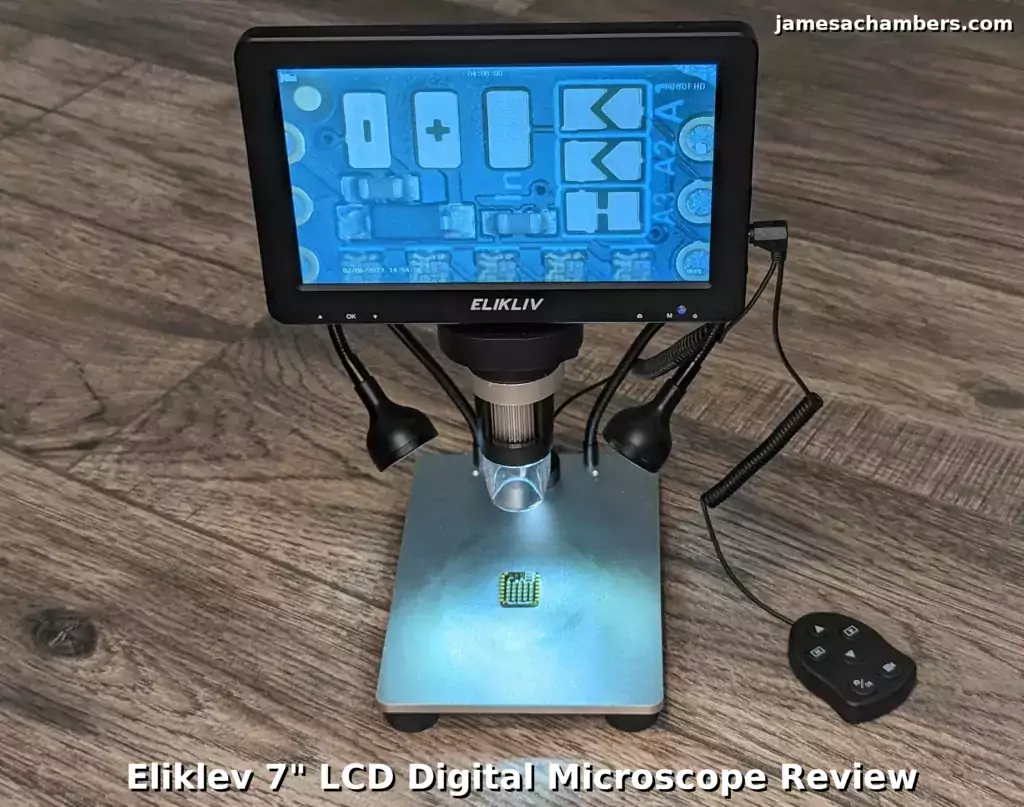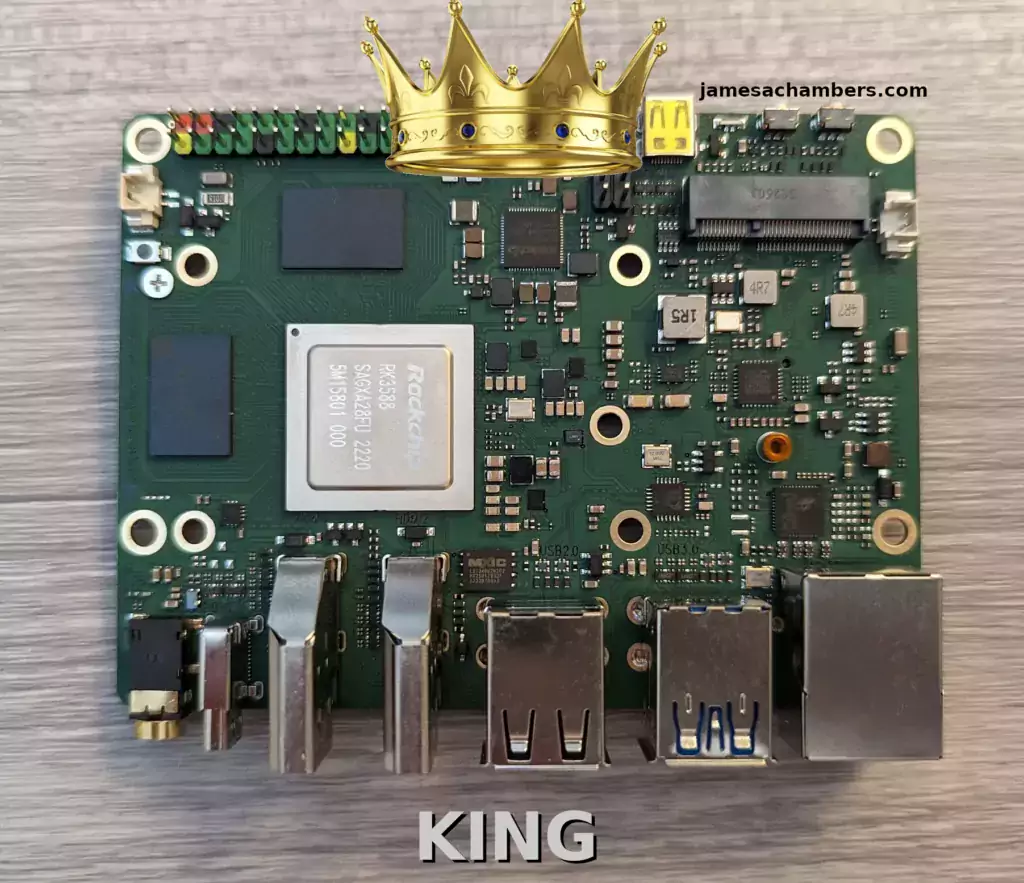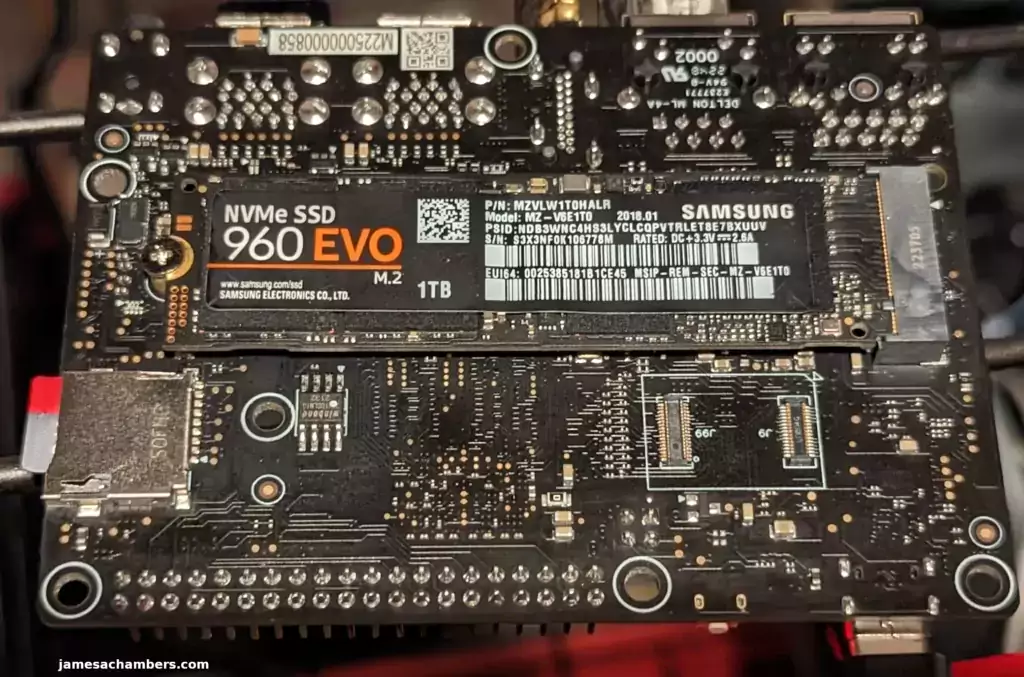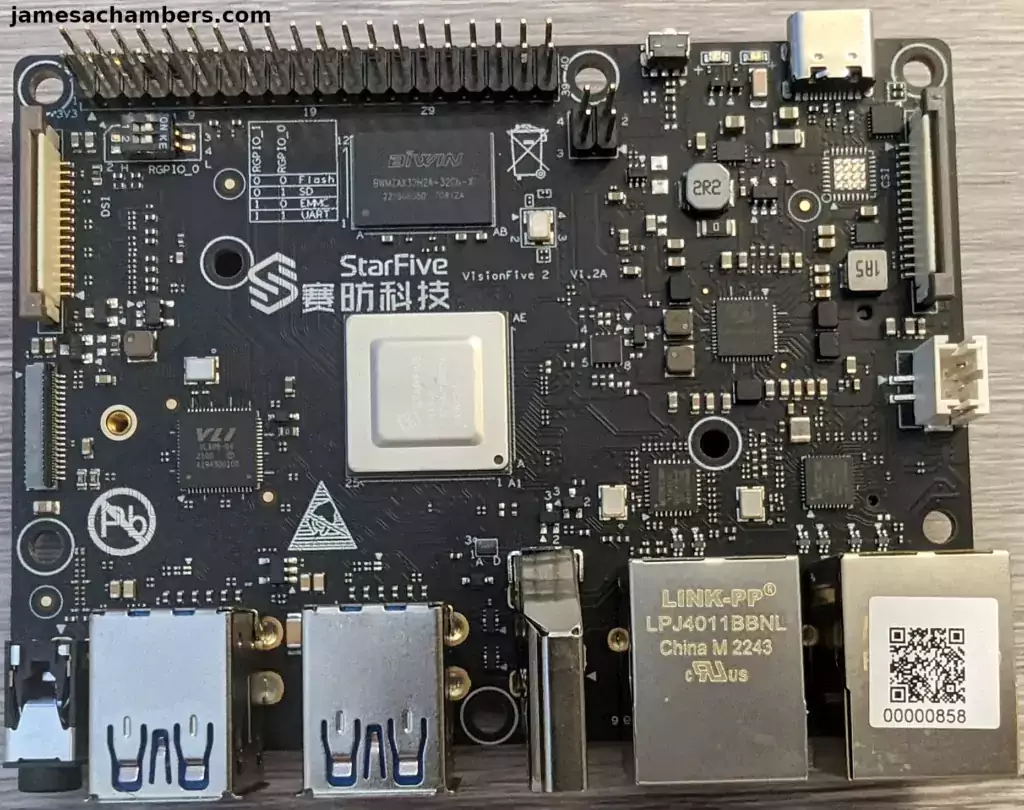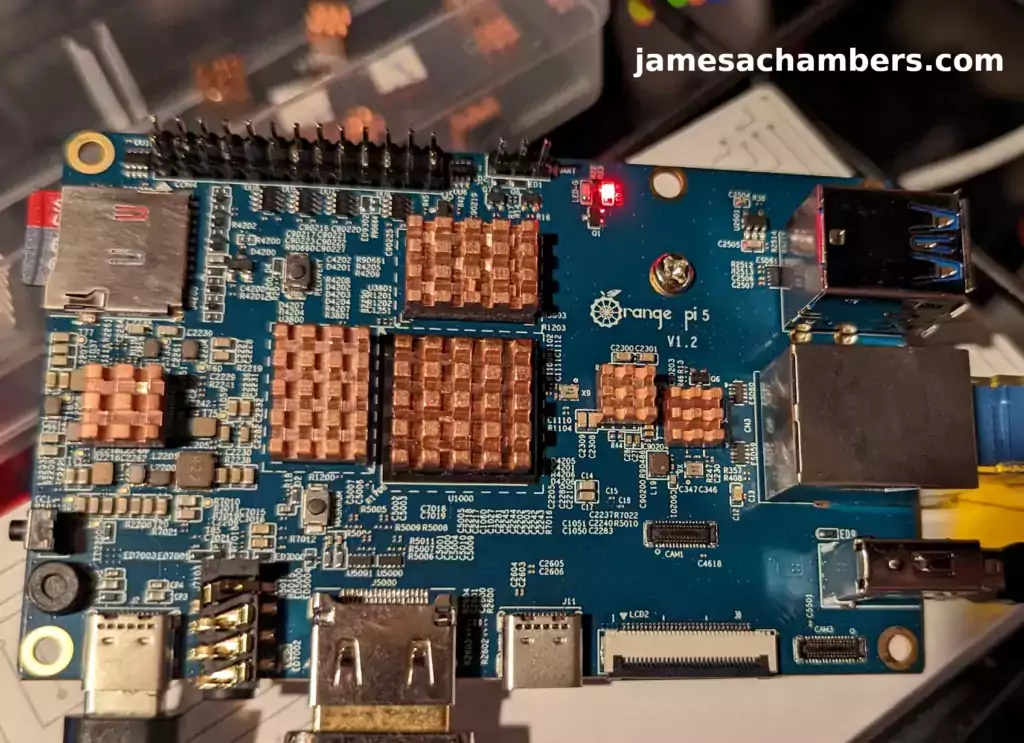Pine64 SOQuartz Blade Review
I’ve previously reviewed the Pine64 SOQuartz here on the site and found that if you used Armbian it was a feasible alternative to the CM4. The compatibility with other IO boards varies wildly though. We’ve definitely seen mixed experiences using the CM4 Blade when using the SOQuartz for example.
I was curious if I got a hold of one of the official Pine64 SOQuartz Blade boards if the experience would be better. Today we will review the Pine64 SOQuartz Blade IO board and see how well things are working at time of writing.
Let’s begin!
Pine64 SOQuartz Blade Review Read More »


